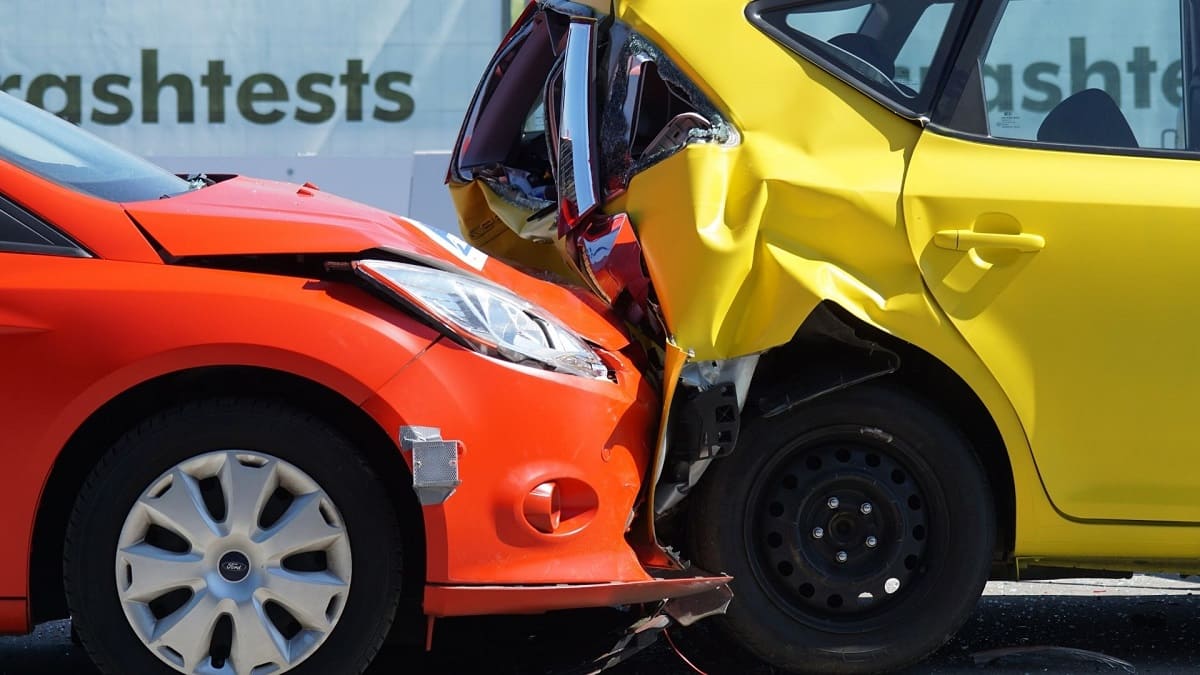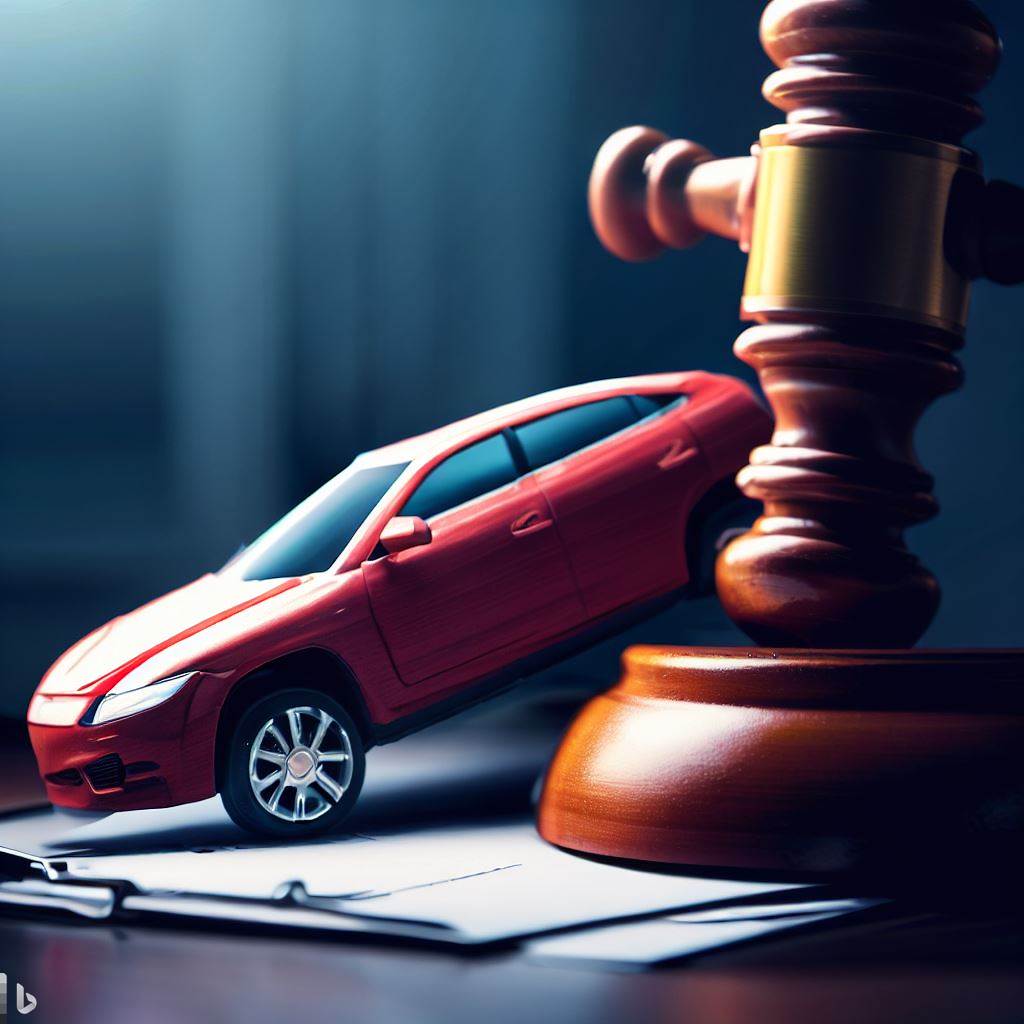Liability Car insurance is one policy with three major parts. Firstly liability insurance for bodily injury. Secondly for property damage. Finally uninsured/underinsured motorists coverage.
Liability auto insurance meaning and definition
Auto insurance helps pay for the injuries and damage that can happen when you own and drive a car or other motor vehicle. This brochure can help you understand your auto policy. Your policy is a legal document, and it is important that you understand it. Your motor vehicle may be an auto, truck, van, motorcycle, or another kind of private passenger vehicle.
It is the part of a car insurance policy that provides financial protection for a driver who harms someone else or their property while operating a vehicle. It provides financial protection for drivers who harm someone else or their property in a car accident.
It covers expenses when you cause an accident that harms someone else or their property while driving a vehicle. It has two main components: bodily injury and property damage liability. It does not cover any damages to you, your vehicle, or your property. It is required in every state except New Hampshire.
Bodily injury liability helps cover medical expenses for those who are injured in an accident that you caused. Property damage liability helps pay for repairs to someone else’s property that you damaged in an accident.
Bodily injury liability insurance
Bodily injury is a type of coverage that provides legal protection to the insured in case of bodily injury to others. This is mandatory in most states. If you cause an accident that results in injuries to others, your bodily injury liability coverage will pay for the medical expenses and lost wages of the injured party. Bodily injury liability insurance is one of two types of it.
Bodily injury protects you against the claims of other people’s injury. People who were injured during an accident for which you were at fault. Most states require you to carry a minimum coverage per person. Such as $25,000 per person for bodily injury and $50,000 for all persons injured in one accident. Also claims for bodily injury may include medical expenses, lost wages, and pain and suffering.
Property damage insurance
Property damage car insurance is a type of coverage that helps pay for damage you cause to another person’s property while driving a vehicle. It is generally required by most states. If you are at fault in a car accident that damages someone else’s property, property damage liability coverage pays for the repairs or replacement of their property.
Property damage liability insurance pays for any damage you cause to the property of others. This not only includes damages to other vehicles but also other property. Such as buildings, walls, fences, and equipment. The minimum limit in most states of the USA is $25,000 for all property damage in one accident.
Uninsured motorists coverage
Uninsured motorist coverage helps pay for your medical bills or car repairs if you’re hit by a driver who doesn’t have car insurance. It can also help pay for damages if you’re hit by a hit-and-run driver.
Uninsured motorist’s coverage protects the policyholder directly. This coverage pays if you are injured and/or your property is damaged by a hit-and-run driver or an uninsured driver. Most state law requires you to carry uninsured motorists’ coverage equal to the minimum amount of liability coverage. There is typically a $200 deductible.

Underinsured motorists coverage
Underinsured motorist coverage is an addition to your policy that pays out if you’re in an accident caused by a driver who doesn’t have enough insurance to cover your injuries or vehicle damage. It may also cover property damage in some states. It is often sold along with uninsured motorist coverage, which is similar but applies when the at-fault driver has no insurance. Underinsured motorist coverage may have different triggers depending on the jurisdiction.
Underinsured motorists coverage is similar to uninsured motorist coverage. But pays for your injuries or property damage if the at-fault driver does not have enough insurance to cover your damages or medical bills. In most states, auto insurers are required to offer you underinsured motorists coverage. But you are not required to purchase it.
Liability car rental insurance
Liability car rental insurance is coverage that pays for damage you cause to other people’s property or injuries you cause to other people while driving a rental car. It is generally included in the rental price. However, it is important to note that liability insurance does not cover damage to the rental car itself. Best Rental Car Insurance Companies 2025.
The cost of rental car liability insurance depends on several factors, including the rental company, vehicle type, coverage type, location, age, and driving record. Rental companies typically charge a daily rate for rental car insurance. Costs will increase the longer you rent a vehicle. The average range for supplemental liability insurance (SLI) is $7 to $16 per day, while the average range for a loss damage waiver (LDW) or collision damage waiver (CDW) is $10 to $30 per day.
Cheap liability auto insurance
The cheapest liability-only car insurance depends on several factors such as the state you live in, your driving record, and the type of car you drive. For more info see how to get cheapest auto insurance. However, State Farm has the cheapest liability-only car insurance among the largest companies, with a monthly quote of just $42. That’s 33% cheaper than the average rate of $55. Auto-Owners and Erie are cheaper regional companies with liability rates of less than $40 per month.
But GEICO is the Best Cheap widely-available insurer for minimum and increased liability-only insurance. Respectively GEICO’s average cost is $515 and $628 per year. GEICO is the cheapest company of any nationally available company. On average, GEICO costs is $35 per month ($420 per year). That’s $215 cheaper per year than average. For more see GEICO reviews.
Limits of liability auto insurance
Liability car insurance has dollar limits on each of its components, depending on the level of coverage you choose when you buy the policy. Liability limits of at least 100/300/100 are much better, and you may want even higher limits if you have a lot to lose in a car accident lawsuit. 100/300/100 means:
- $100,000 for bodily injury to one person per accident.
- $300,000 for bodily injury to more than one person per accident.
- $100,000 for property damage per accident
If you want the best protection available, that is usually 250/500/100. though a few auto insurers will allow drivers to pick coverage as high as 500/500/300. It may not be that expensive to get car insurance with liability levels of 250/500/250. In some cases, you can double your liability coverage and only increase your rates by a few dollars each month. For example, drivers in the U.S. pay an average of $1,615 for 50/100/50 coverage and $1,822 for 100/300/100 coverage. For more see recommended car imsurance limits in USA.

FAQ – Frequently Asked Questions
What is the difference between comprehensive vs liability?
Liability coverage and comprehensive coverage are two types of car insurance that differ in the scope of protection they offer. Liability coverage pays for damage you cause to other people or property while driving, but not for damage to your vehicle. Comprehensive coverage pays for damage to your vehicle that occurs outside of a collision, such as theft, vandalism, fire, or natural disasters. Liability coverage is the minimum required by law, while comprehensive car insurance coverage is optional and more expensive.
What is the difference between full coverage and liability?
Liability and full coverage are different. It covers only injuries and damages to others for which you are responsible, while full coverage includes liability but adds additional coverage to protect your car. Liability coverage protects you from the other driver’s expenses should you cause an accident. Full coverage policies also cover your own vehicle’s damages, regardless of whether the damage is from a collision or not.
How much Coverage do I need?
The amount you should have depends on your state’s minimum requirements, your net worth, and your risk tolerance. State minimums can range from $10,000 to $70,000 per accident, but they may not be enough to protect you from a lawsuit. Financial and experts recommend that you carry at least 100/300/100 in liability coverage, which means $100,000 per person, $300,000 per accident, and $100,000 for property damage. However, you may want to increase your limits if you have a lot of assets or if you want more peace of mind. For more info see recommended car insurance coverages.
How much are premiums?
The average cost of it varies depending on the coverage level, the state, and the driver’s record. According to different sources, the average cost ranges from $511 to $864 a year, or $43 to $124 a month, for a minimum liability policy. As a sample see car insurance quotes in california.
What is third-party liability auto insurance?
Third-party liability insurance covers you when someone makes a claim against you for damages. It covers property damage, bodily injury, and death of the other party. It is mandatory to have this type of insurance on all Canadian automobile policies, and most states in the US also require it.
What is liability auto insurance?
Liability auto insurance is the portion of an automobile insurance policy that pays out when you are found at fault in an auto accident. It’s divided into two common types: Bodily injury (BI) and Property damage (PD). BI covers medical expenses, lost income, legal fees, and funeral expenses. PD reimburses accident victims for the repair or replacement of property they damaged.
What is bodily injury liability auto insurance?
Bodily injury liability car insurance is a type of coverage that pays for the medical bills, lost wages, pain and suffering, and funeral costs of other people when you cause a crash. It is required in most states and has limits per person and per accident. It does not reimburse you or your passengers for your own injuries.

Leave a Reply